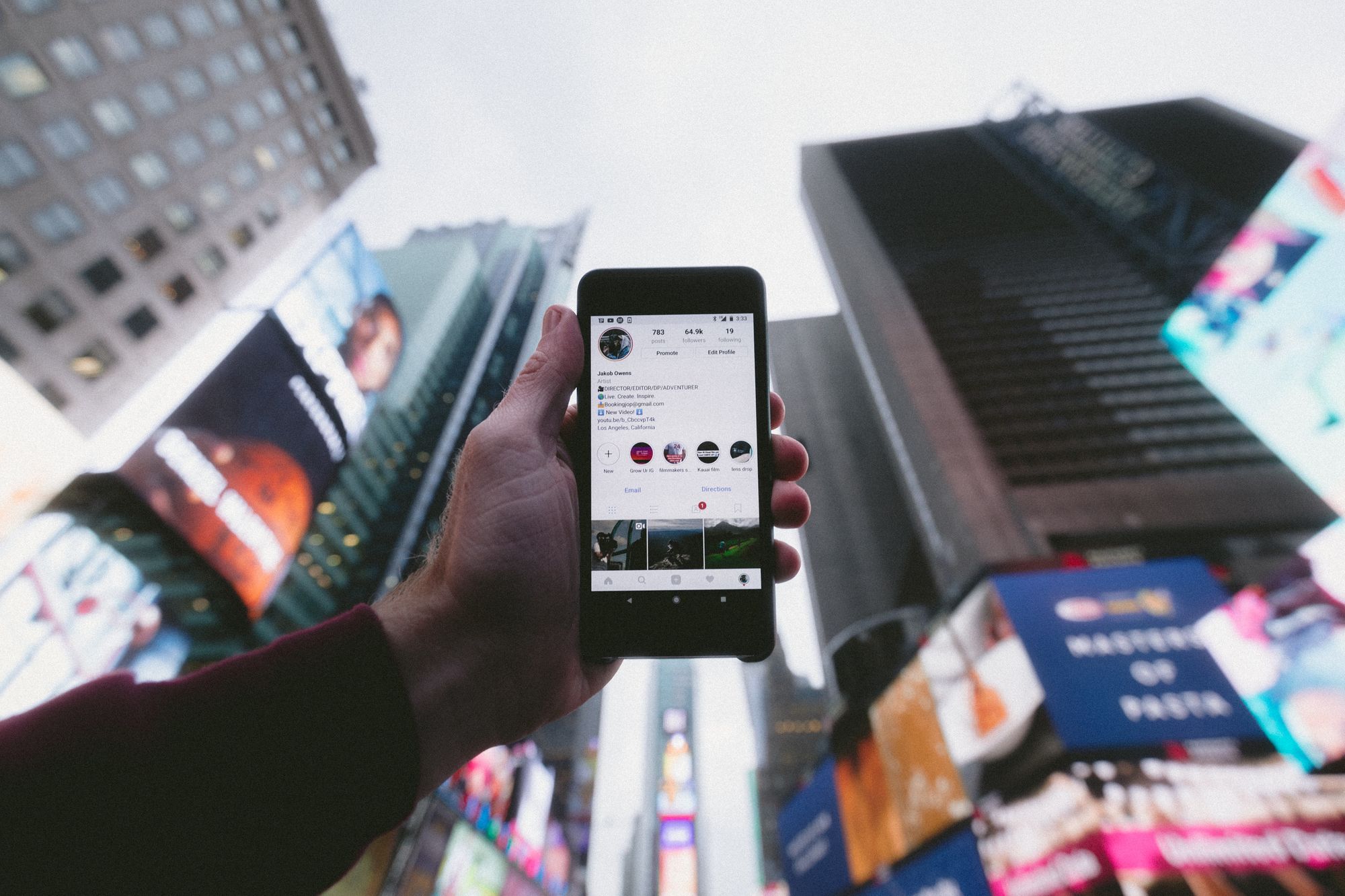Simplecast Essentials
Independent Podcasters
For Networks & Shows
Related articles:
If podcasts are audio and Instagram is visual, using Instagram to promote your podcast would be like trying to paint a house with a vacuum–definitely not the right tool for the job. Right? Wrong!
Instagram might not be the most intuitive platform to use for advertising your podcast, but with 1 billion monthly active users, and all the powerful advertising capabilities of Facebook, it’s worth your while to figure it out, and that’s why we’re here to help. Yes, the biggest mistake when it comes to advertising your podcast on Instagram is not thinking about Instagram at all, but there are a few other ones we’ll help you avoid and get your ads set up for success.
You’re going wide, not deep
At the beginning of setting up your campaign, you’ll be asked to choose a goal for your ad. This helps the algorithm assign the correct audiences and bidding strategies to your ad.
Are you looking for new guests? Lead generation is the goal for you. Selling merch to your current audience? Pick conversions. However, most podcast creators will be looking at brand awareness, reach, traffic, or engagement. You may be tempted to pick reach as your goal, working under the assumption that the more people who see your ad, the better. That’s, unfortunately, not exactly true. Is that audience most likely to enjoy the thing you’re promoting? Or most likely to click through and listen? Or most likely to engage with your ad? Nope–there’s just more of them. In a quantity-versus-quality debate, I’ll generally advise people to go with quality–so pick a goal that prioritizes the action you actually want to happen.
Your budget is holding you back
No, not that there isn’t enough of it. You can get results from a wide variety of budgets, but it’s important to optimize them. First, you have to choose between a lifetime budget and a daily budget. It may seem more sensible on the surface to start with a daily budget–then you have a consistent set of expenses going out daily. However, by instead choosing a lifetime budget, you allow Facebook to optimize your spend for the days and times that it gets the best results–for instance, if it turns out you’re getting the most click-throughs on your ads on Fridays, it makes sense to allocate more budget to Fridays, when your money will go further. Lifetime budgets allow the algorithm to make those decisions for you, as they’re happening.
Secondly, you’ll have to decide between a standard and an accelerated delivery, which determine how quickly your budget will be consumed. A standard delivery paces out serving your ads so that they’re event delivered over the day or time frame of your campaign. An accelerated delivery is pretty much the opposite: your ads will be shown as frequently and as quickly as possible–this generally make your cost-per-result increase. Unless you’re on a time limit with an initiative, a standard delivery is generally the way to go.
You’re not thinking outside the grid
If you’re only thinking of in-feed photo ads, you’re missing the larger audiences that you can attract with video ads and Instagram Stories ads. It’s no secret that anyone who uses Instagram that Stories get more views than in-stream ads–so it makes sense to cover your bases and include Story ads as well. Just know that the more effective Story ads have specific content created for them, rather than re-purposing the same image from a feed ad.
You’ve got enough friction to start a campfire
Your ads are going to be more effective if they make the customer journey as easy as possible. So, in that regard, it makes sense to remove any friction between your audience, and what action you'd like them to take after seeing your ad. We’ve gone over some of the basic tenets of this in our article about Facebook ads for podcasters, but it bears repeating: make sure your content is mobile-friendly, since that’s how the vast majority of people access Instagram, serve your ads only when our audience is on WiFi (so they can immediately download and listen to your show) and be thoughtful about which listening platforms you’re sending your audience to, based on the device you know them to be using.
More questions? Don't hesitate to reach out to us through our help chat, or on social!

